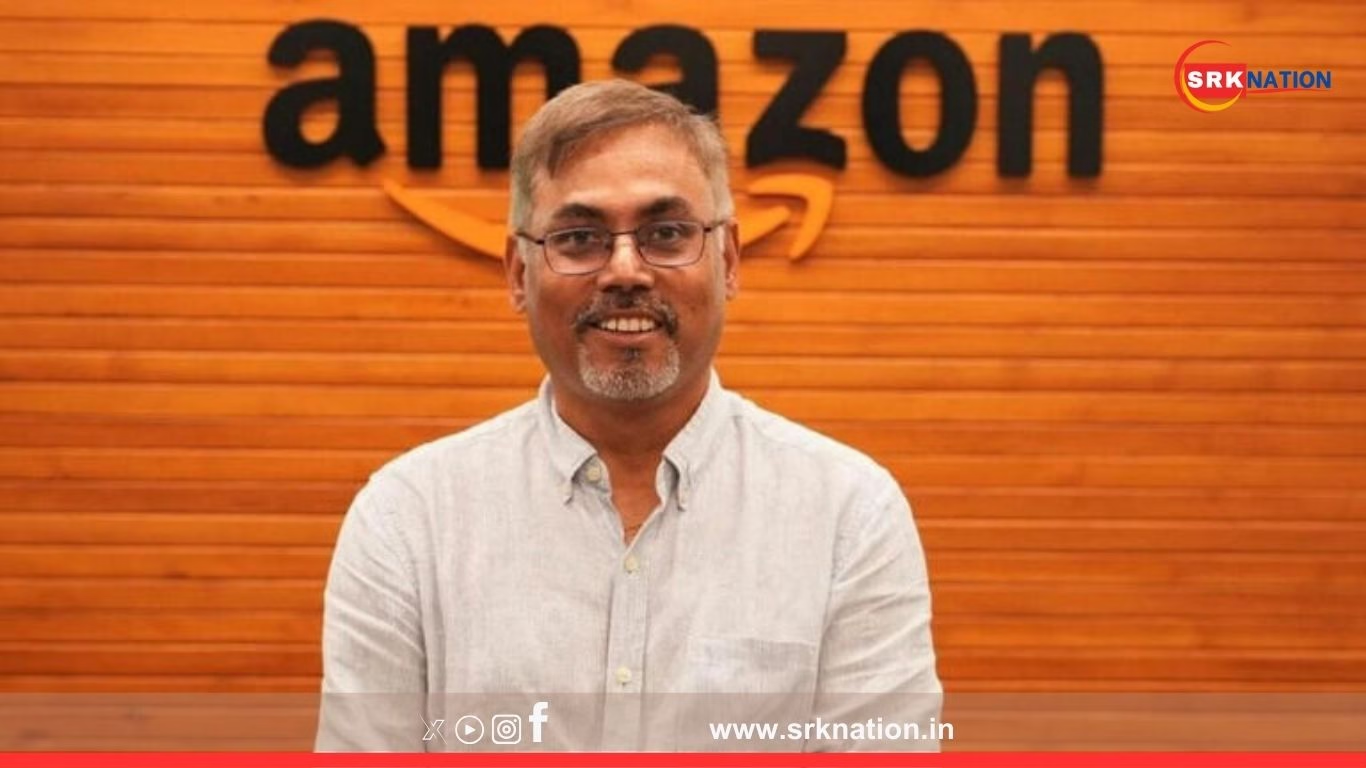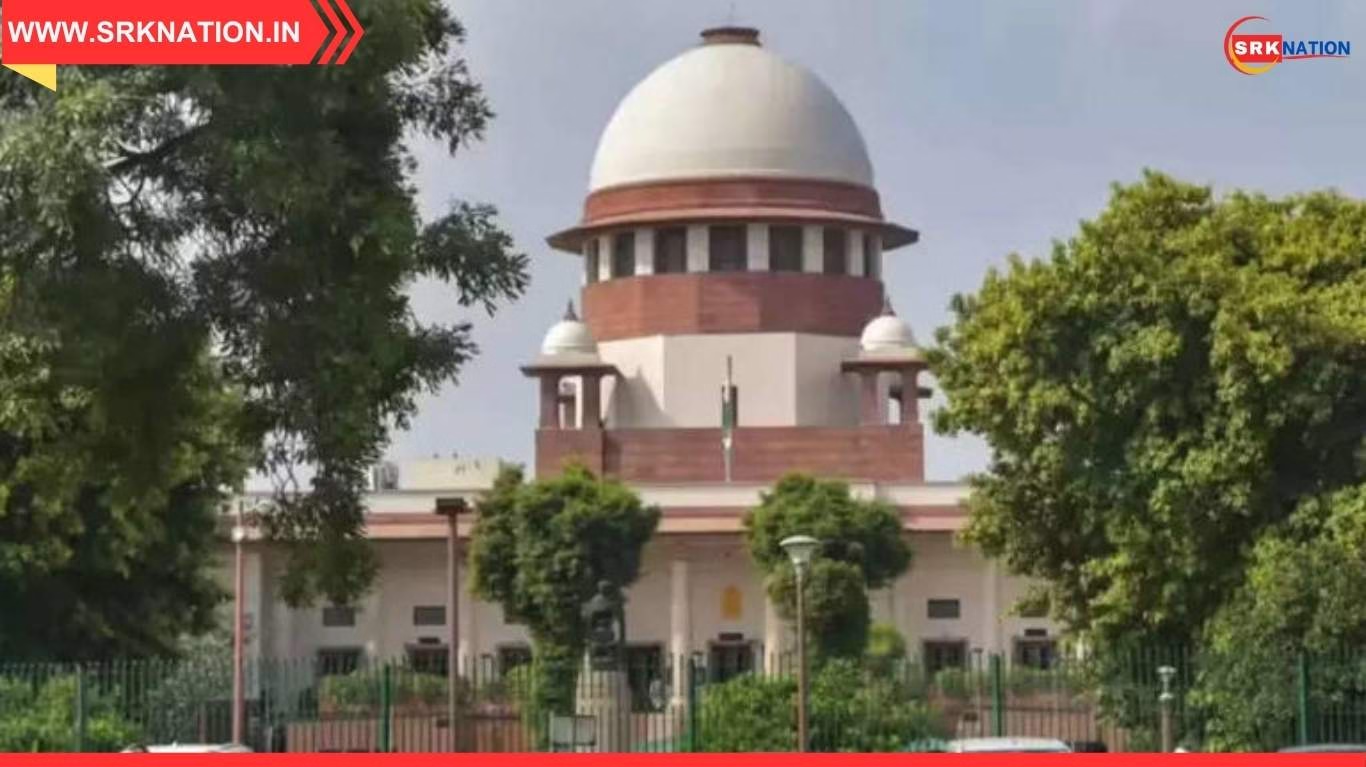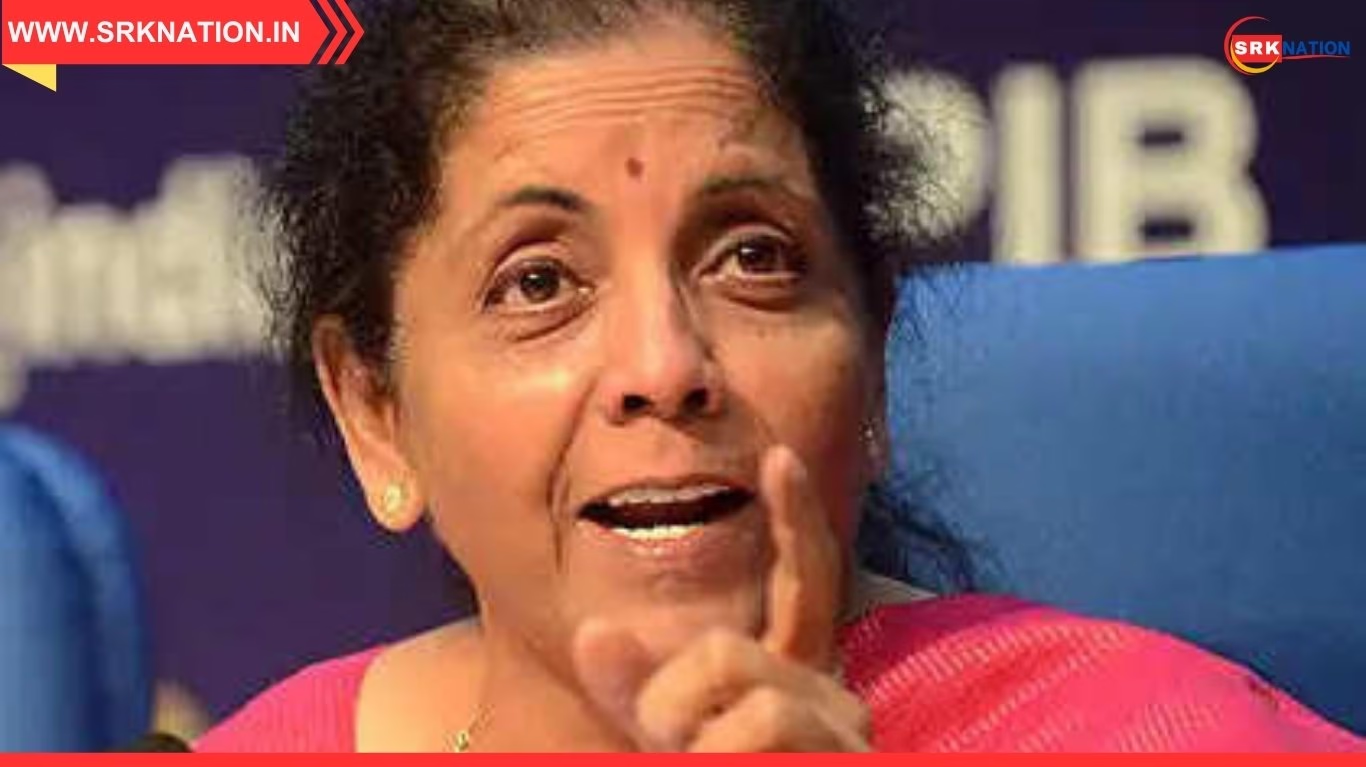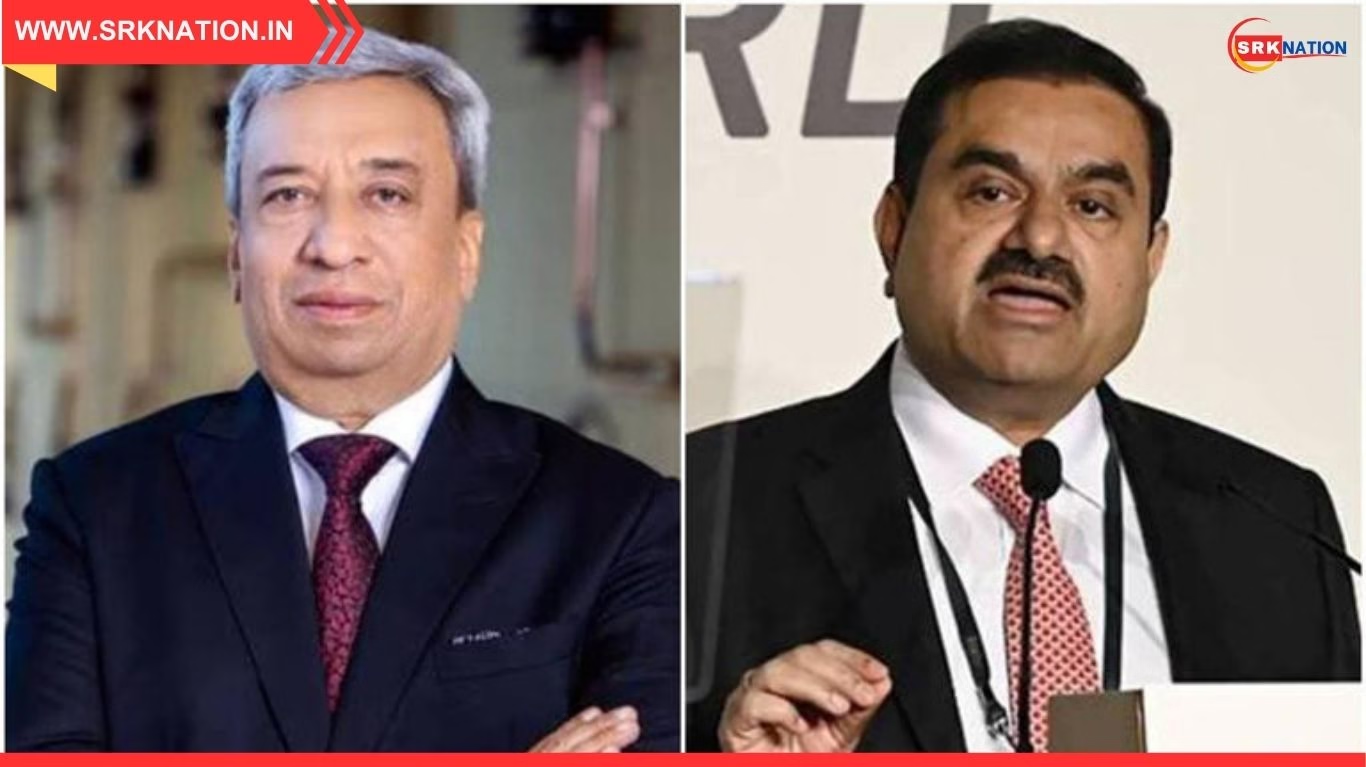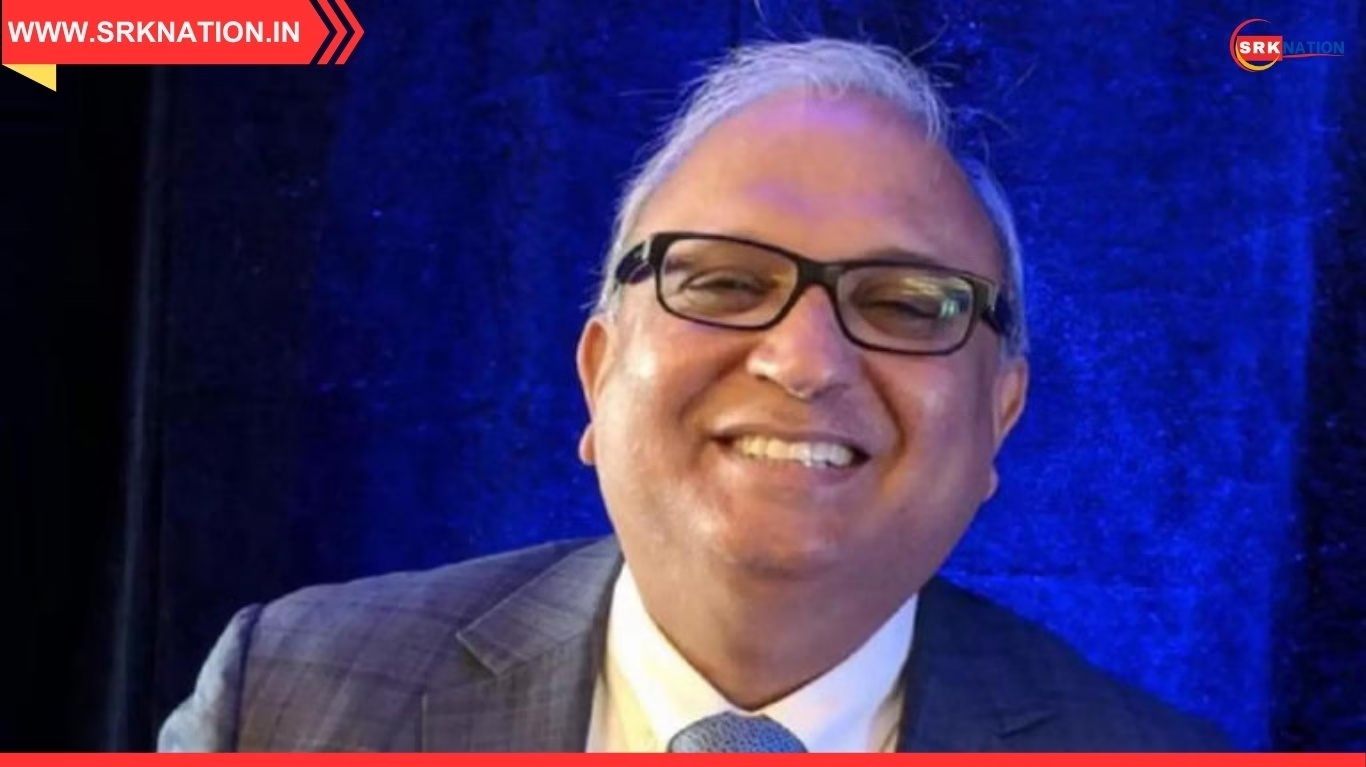Amazon India’s quick commerce operations are poised for exponential growth, described as a “hockey stick growth curve” by Samir Kumar, CEO of Amazon Fresh and Quick Commerce. The remark comes amid intensifying competition in India’s hyperlocal delivery market, with players like Blinkit, Swiggy Instamart, Zepto, and Reliance-backed Dunzo making aggressive expansion moves in metros and tier-2 cities.
🔍 What is quick commerce and why is Amazon betting on it?
Quick commerce, or Q-commerce, involves ultra-fast deliveries of essential products—often under 30 minutes—to cater to urban consumers’ instant needs. While Amazon began its grocery and essential deliveries years ago, it recently pivoted towards:
- Micro fulfilment centres within cities for 15–30 min deliveries
- Expansion of its ‘Amazon Fresh’ dark store network
- Integration of its logistics and last-mile delivery partners under quick commerce for milk, vegetables, FMCG essentials, and pharmacy
🗣️ Samir Kumar on the growth strategy
Speaking at an industry event, Samir Kumar stated:
“We see hockey stick growth in this segment over the next few years as urban consumers build a habit of quick fulfilment. Our strategy combines selection, competitive pricing, and reliable delivery to differentiate from other quick commerce platforms.”
He emphasised:
- Amazon will double its Q-commerce reach by end of FY26, focusing on Bangalore, Hyderabad, Delhi-NCR, Mumbai, Chennai, and Pune initially.
- The company is leveraging its supply chain investments and seller network to optimise product availability and cost structures.
- Technology-driven route optimisation and real-time inventory sync with dark stores are central to Amazon’s execution model.
📈 India quick commerce market outlook
| Parameter | 2022 | 2025F | 2030F |
|---|---|---|---|
| Market size (USD billion) | 0.8 | 5.5 | 15–20 |
| CAGR (2022–25) | — | 132% | — |
| Major players | Blinkit, Zepto, Instamart, Amazon, Dunzo | Blinkit, Zepto, Instamart, Amazon | Blinkit, Zepto, Amazon, JioMart Q-Commerce |
(Source: Redseer, Bernstein, ICICI Securities industry reports)
🏪 Amazon’s competitive positioning
Amazon’s quick commerce strategy differs from peers in its focus on:
✅ Profitability through scale and selection, rather than unsustainable deep discounting
✅ Integration with Amazon Fresh grocery operations and Prime membership benefits
✅ Utilising its established logistics backbone and trusted customer base to drive faster adoption
A senior industry executive commented:
“Amazon’s biggest advantage is customer trust. Unlike standalone quick commerce apps, it can bundle q-commerce with Prime, retail, and grocery offerings to create an ecosystem effect.”
🏷️ Key differentiators for Amazon quick commerce
| Area | Amazon Quick Commerce | Competitors (Blinkit, Zepto, Instamart) |
|---|---|---|
| Fulfilment model | Dark stores + micro hubs integrated with Amazon Fresh | Predominantly dark stores and mini-warehouses |
| Selection | 3,000–5,000 SKUs | 2,500–4,500 SKUs |
| Delivery promise | 15–45 minutes (depending on pin code) | 10–20 minutes |
| Loyalty programs | Integrated with Amazon Prime | Individual app memberships, no cross-platform integration |
| Pricing | Competitive with Amazon Fresh grocery discounts | Aggressive discounts, sometimes below cost |
🌆 Expansion plans: City-wise rollout strategy
| City | Current coverage (2025) | Planned coverage (2026) |
|---|---|---|
| Bangalore | 55% | 85% |
| Hyderabad | 48% | 80% |
| Delhi-NCR | 60% | 90% |
| Mumbai | 45% | 80% |
| Chennai | 35% | 75% |
| Pune | 40% | 70% |
(Data compiled from Amazon internal estimates shared by industry analysts)
💡 Why is Q-commerce crucial for Amazon India’s growth?
Amazon India’s GMV growth in traditional e-commerce has slowed compared to the pandemic peak, while quick commerce offers:
- High purchase frequency (weekly/daily orders)
- Entry into perishables and high-consumption FMCG categories
- Improved last-mile route density economics
Industry experts note that Q-commerce helps Amazon compete with JioMart-Reliance Retail’s grocery empire and Walmart-owned Flipkart’s upcoming Q-commerce pilots.
🔬 Challenges in quick commerce
Despite its potential, the Q-commerce business faces:
⚠️ High logistics and warehousing costs
⚠️ Thin gross margins requiring scale for profitability
⚠️ Intense competitive pressure driving frequent price wars
⚠️ Regulatory clarity on stocking and dark store licensing norms in various states
Amazon executives emphasised that their approach prioritises unit economics and sustainable growth, unlike competitors focused on GMV growth at heavy losses.
🗨️ Market analyst perspectives
According to Redseer Strategy Consultants:
“Quick commerce penetration will rise to 10–12% of urban grocery by 2027. Amazon is well positioned if it leverages Prime loyalty and Fresh supply chain to gain share without burning excessive capital.”
Another brokerage report by ICICI Securities stated:
“While Blinkit and Zepto lead in order volumes today, Amazon’s ecosystem integration gives it long-term strategic advantage.”
🚀 The road ahead
With India’s urban consumption patterns shifting towards instant gratification and convenience, quick commerce is set to reshape the grocery and essentials market in the next five years. Amazon’s CEO Samir Kumar’s optimism reflects:
- The scale of market opportunity
- Amazon’s readiness to leverage its operational backbone
- An intention to build India’s largest integrated Q-commerce + e-commerce grocery ecosystem
✅ Disclaimer
This news article is based on statements by Amazon India executives at industry events, publicly available data from brokerages and consultancy reports, and market estimates from analyst research. Readers are advised to check official Amazon announcements for investment or business decisions.
SEO keywords: Amazon India quick commerce, Amazon Fresh grocery delivery, Samir Kumar Amazon CEO, quick commerce market India, Blinkit Zepto Instamart competition, Amazon grocery growth strategy, Q-commerce market size India, Amazon Prime grocery integration, hyperlocal delivery business India, future of quick commerce India







